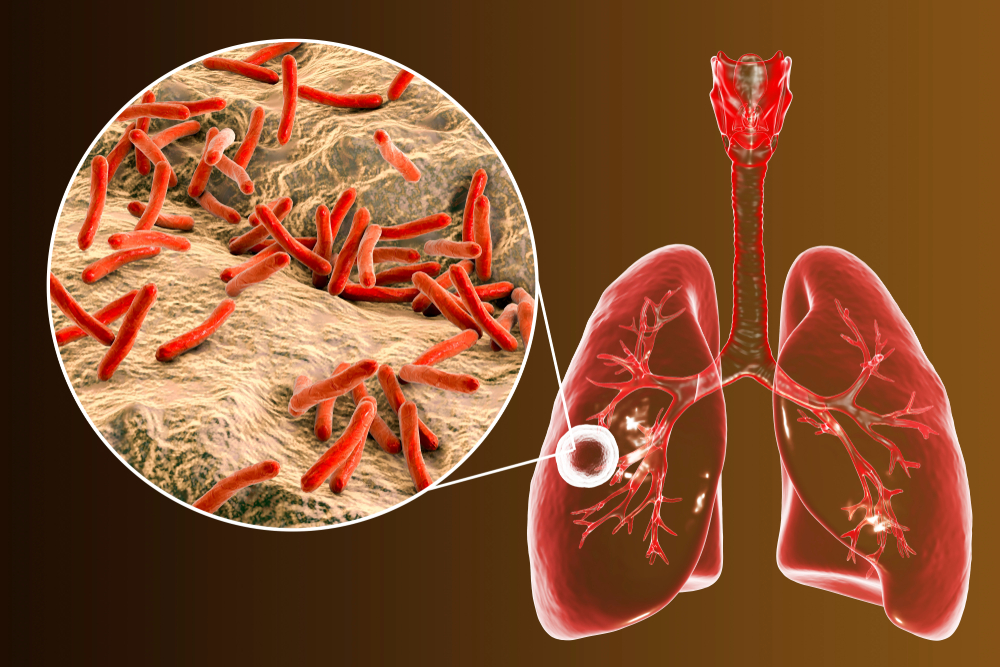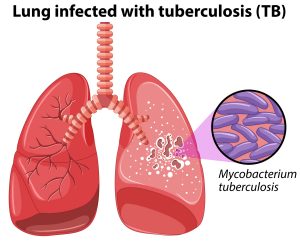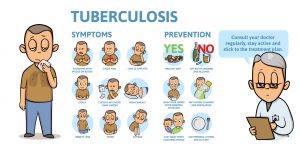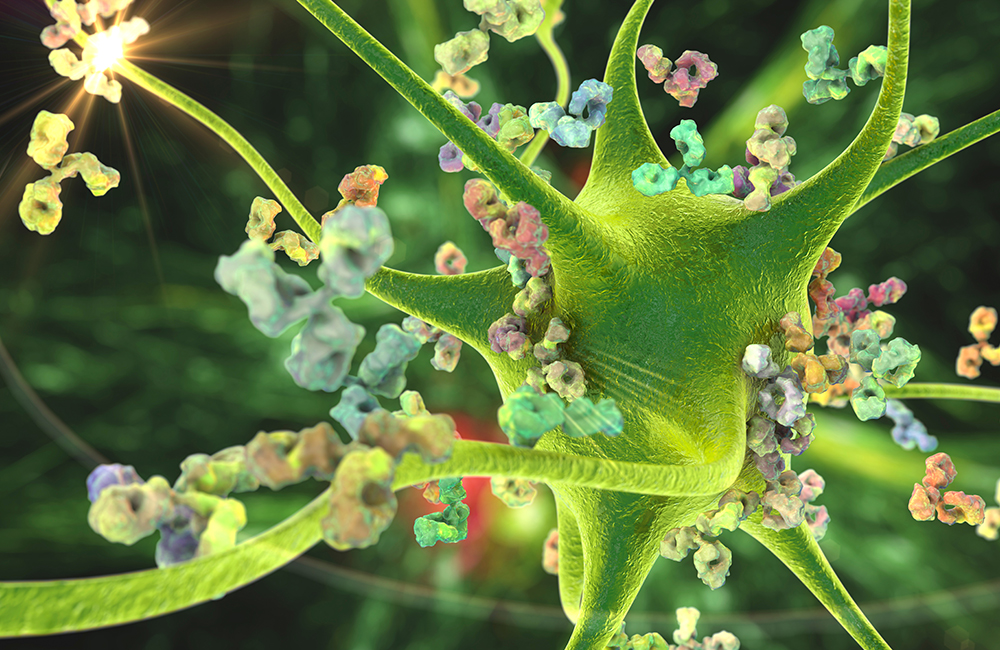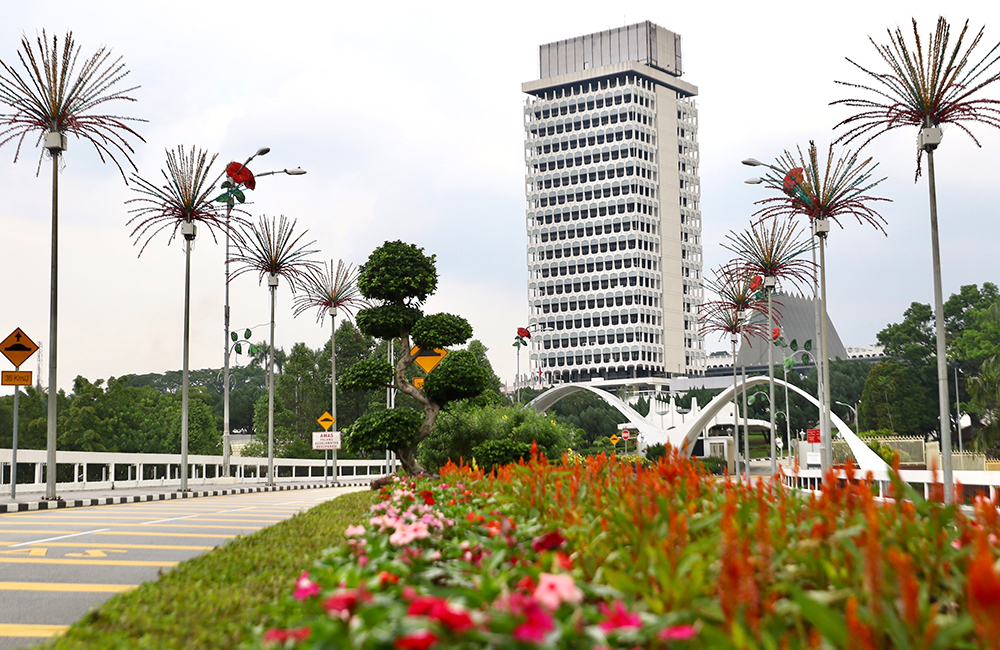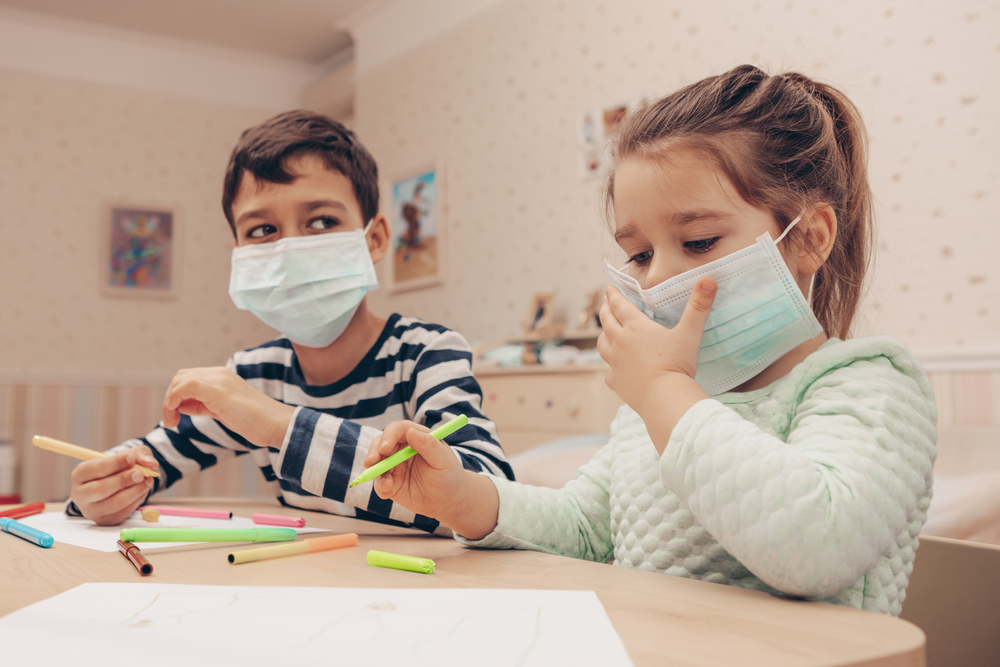WORDS LIM TECK CHOON
 FEATURED EXPERT FEATURED EXPERTDR ROSMADI ISMAIL Consultant Interventional Pulmonologist and Internal Medicine Specialist Sunway Medical Centre |
Quite recently, our Minister of Health Dr Zaliha Mustafa revealed at the United Nations General Assembly High-Level Meeting that there was a concerning increase of 17% in tuberculosis cases in 2022 compared to 2021, along with a 12% increase in tuberculosis-related deaths during that time period.
In light of this development, Dr Rosmadi Ismail shares his thoughts with us about tuberculosis, its detection, treatment, and prevention.
Tuberculosis is an infectious disease that is caused by the bacteria Mycobacterium tuberculosis (MTB) infecting the lungs as well as certain other parts of the body.
An overview of the symptoms and preventive measures of tuberculosis. Click on the image for a larger, clearer view.
IS DETECTION OF TUBERCULOSIS GETTING BETTER?
Dr Rosmadi reveals that there are several innovative techniques currently undergoing clinical trials in a few countries.
These techniques, which include biosensing technologies and nano-diagnostics, promise quicker and more accurate results.
He shares: “Ongoing research focuses on innovative methods like computer-aided detection (CAD) through artificial intelligence, aerosol capture technologies, and antigen-based skin tests. They are poised to revolutionise TB diagnosis, enhancing efficiency and effectiveness in the future.”
In Malaysia, there are diverse methods employed to ensure accurate and timely detection of tuberculosis, such as:
- Sputum smear microscopy, typically the first test for tuberculosis.
- Culture and sensitivity testing to diagnose tuberculosis.
- Nucleic acid amplification tests (NAATs) to facilitate the identification of tuberculosis cases.
- Chest radiography and clinical tests like the Tuberculin Skin Test (TST) to confirming the infection.
TREATMENT OF TUBERCULOSIS
Treatment of tuberculosis in Malaysia follows the World Health Organization guidelines, which is the global standard.
Dr Rosmadi tells us, “The standard treatment for drug-susceptible tuberculosis in Malaysia involves a combination of four drugs administered for a duration of 6 to 8 months.”
Treatment utilizes the Directly Observed Treatment (DOT) strategy, which sees the patients receiving close supervision from healthcare workers to ensure that they complete their medication intake.
Currently, there are no new medications or treatments that show superior results over current ones when it comes to treating tuberculosis. Dr Rosmadi notes that treatment for drug-resistant TB involves a distinct medication regimen and extended treatment duration.
“This tailored approach has proven effective even in cases of drug-resistant TB, reinforcing our commitment to comprehensive patient care,” he says.
DR ROSMADI’S TUBERCULOSIS TIPS |
|

